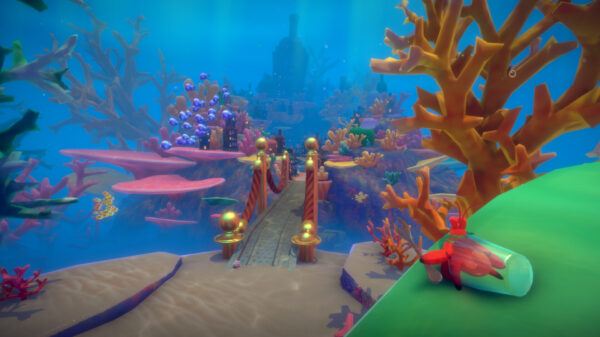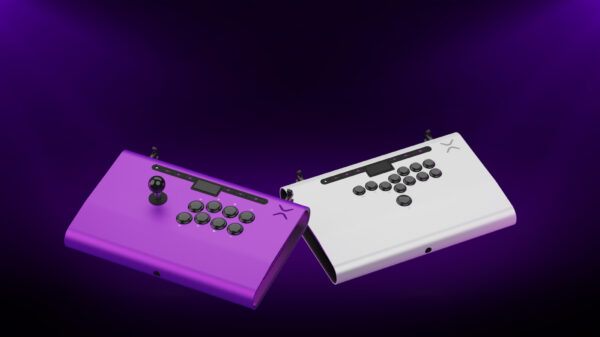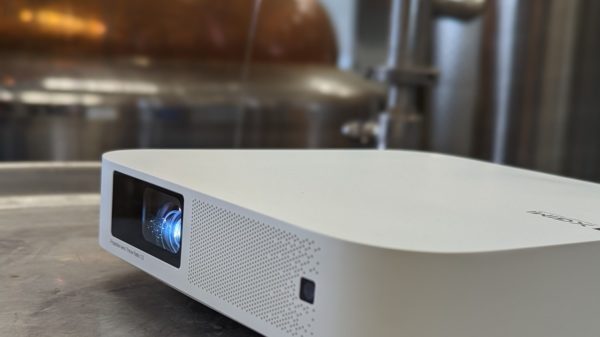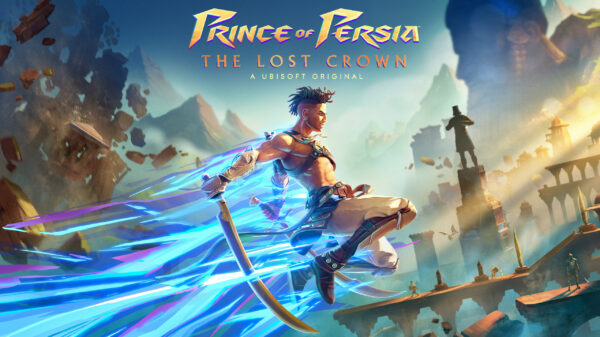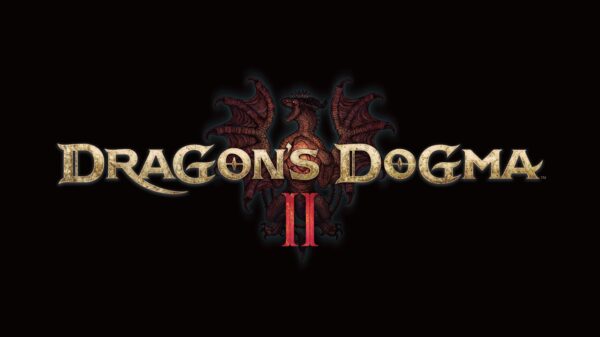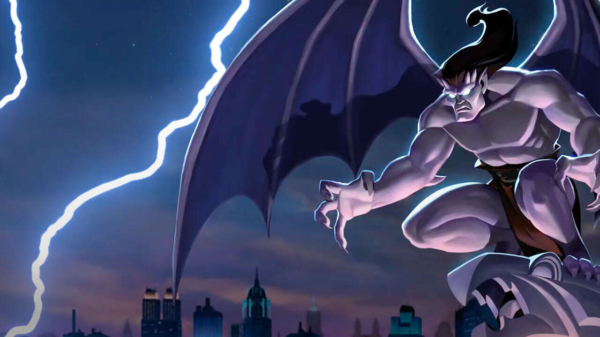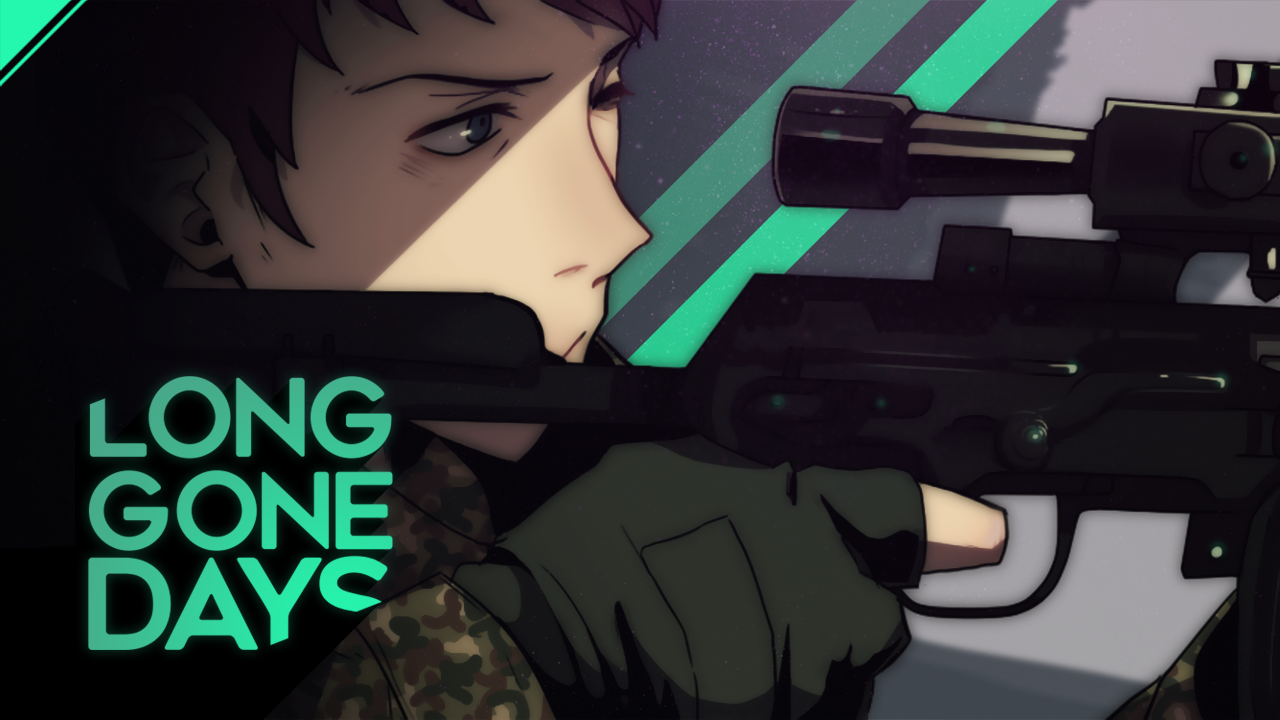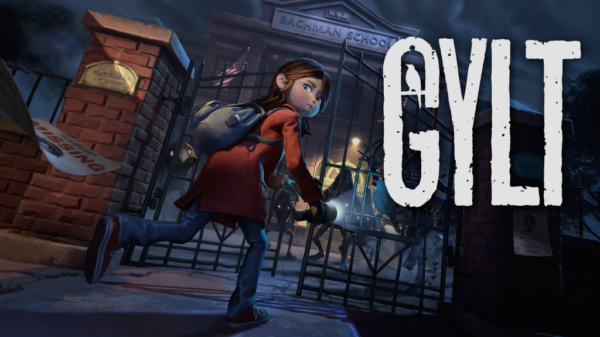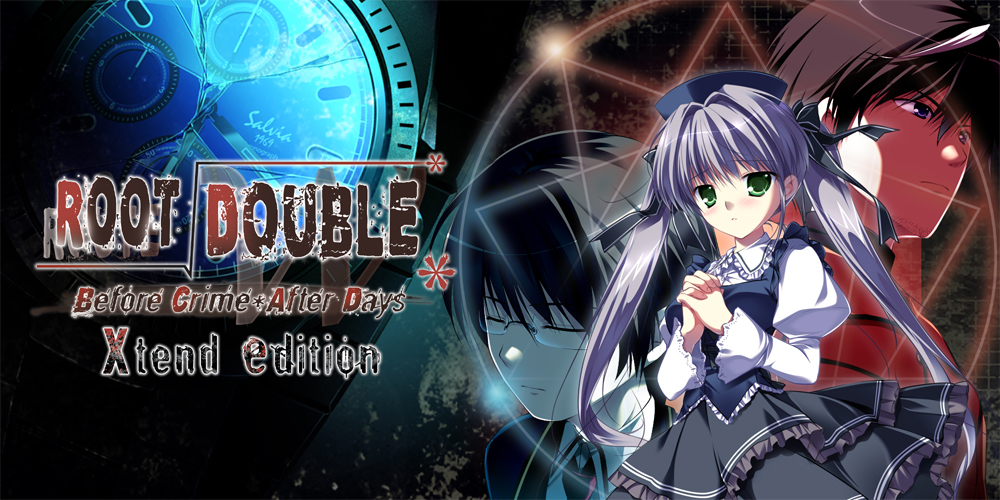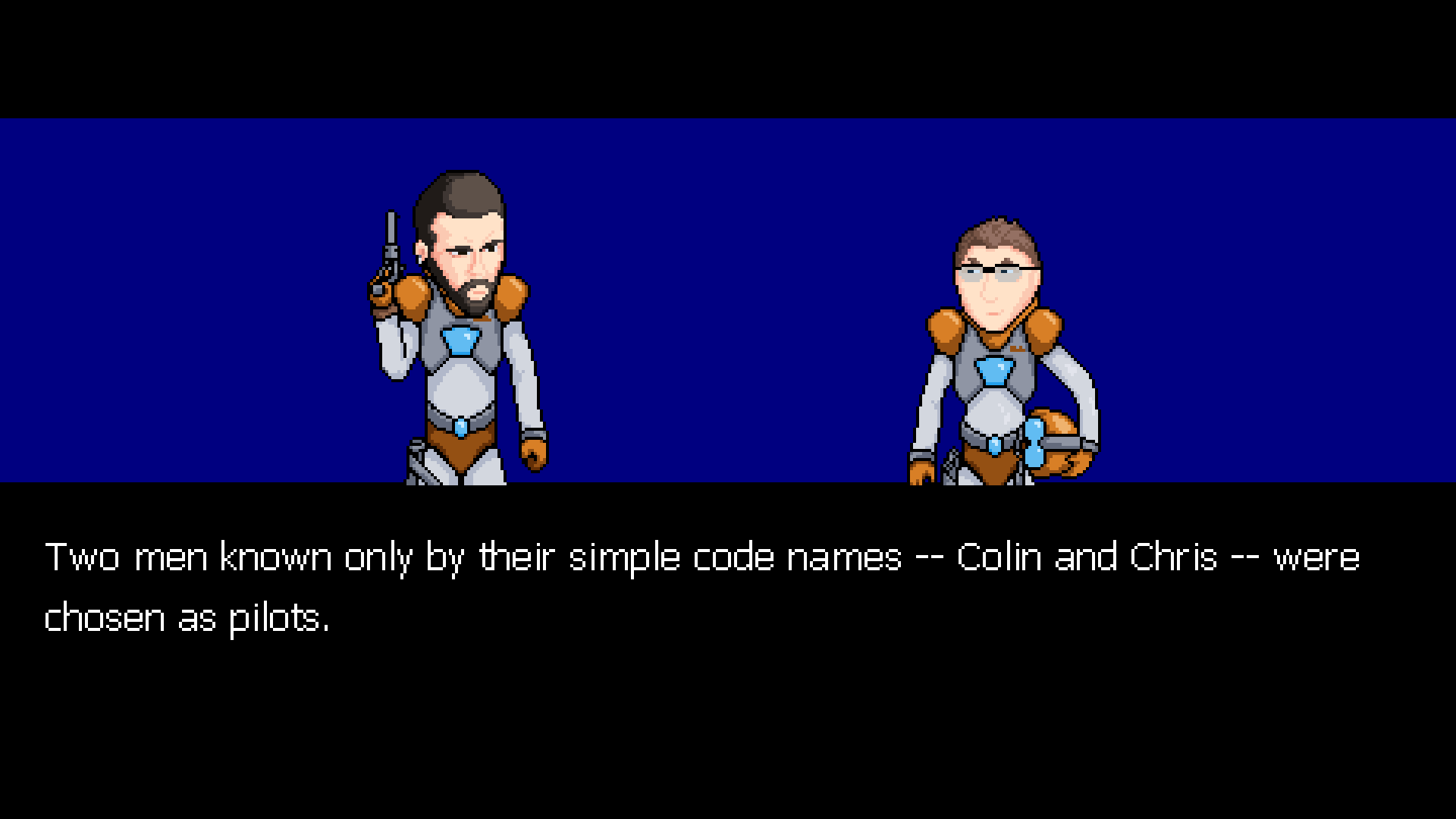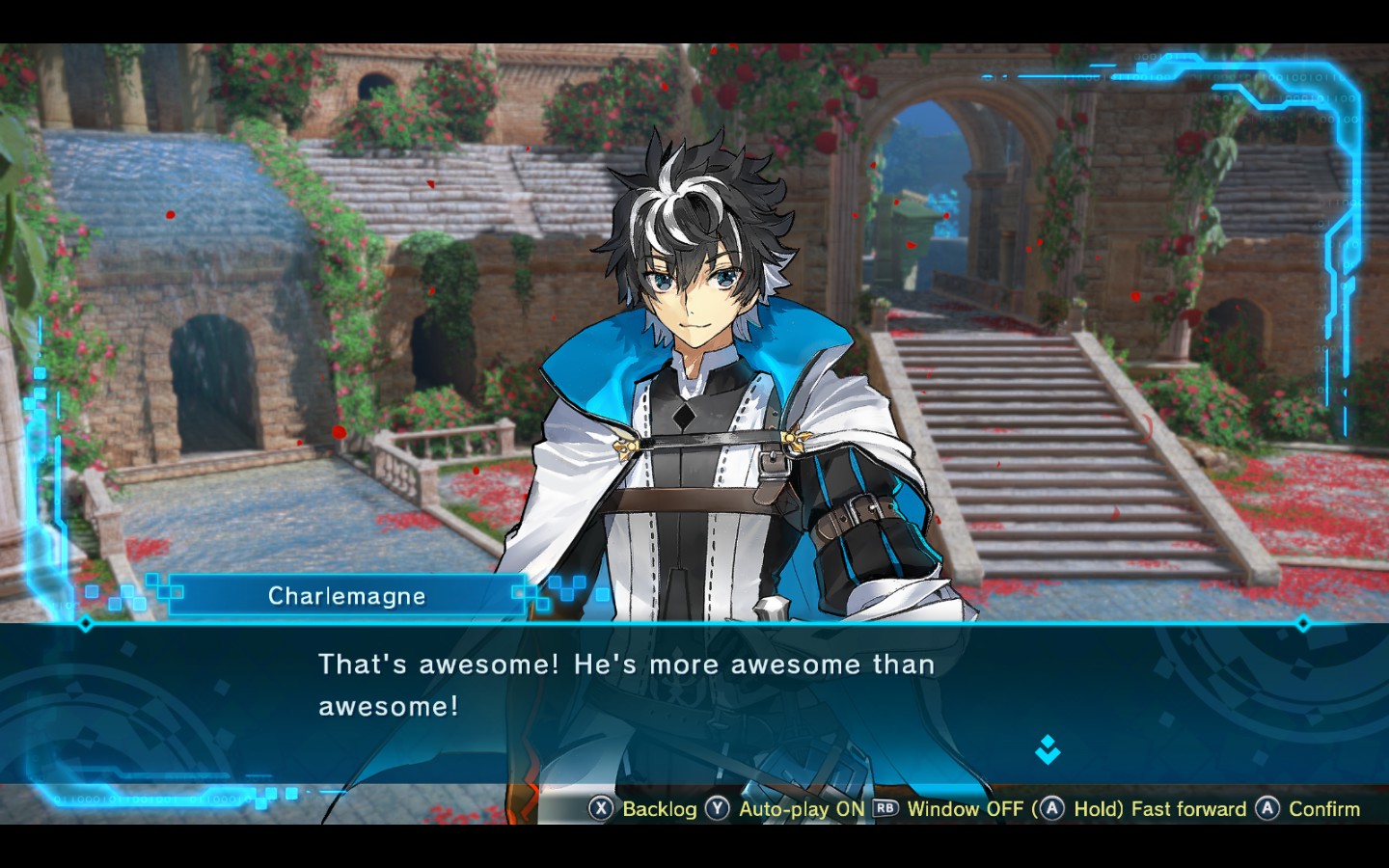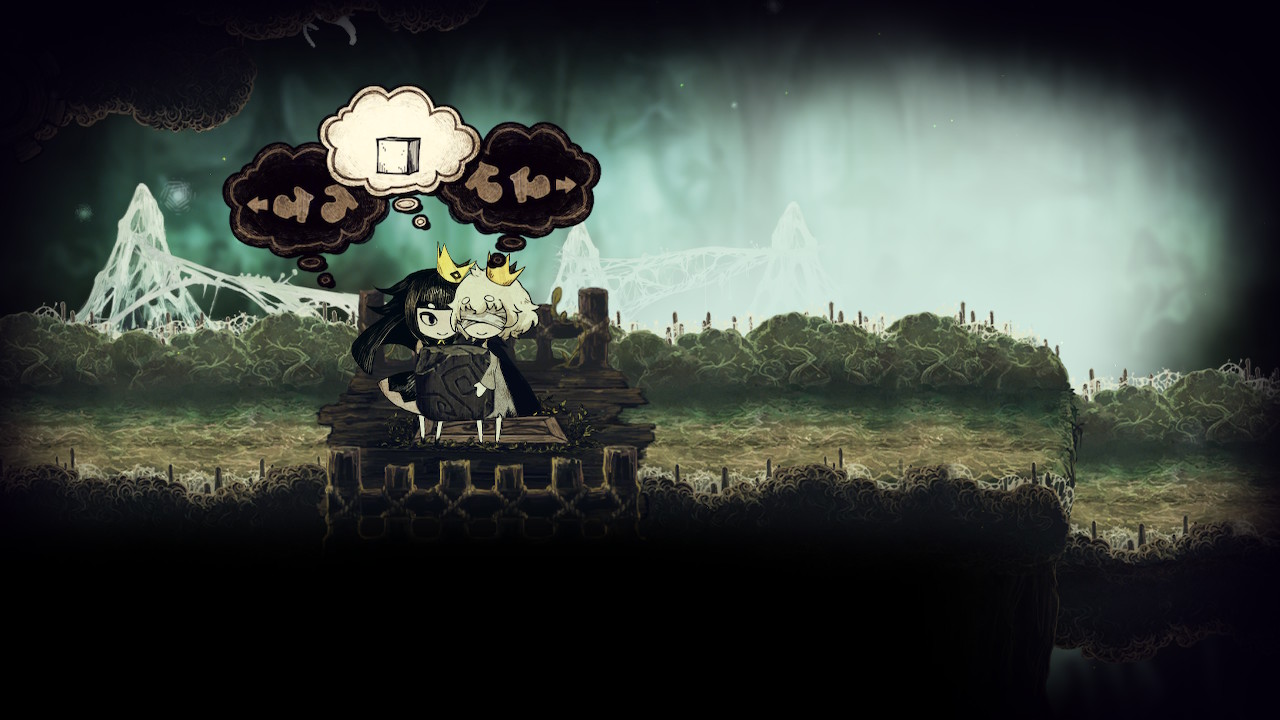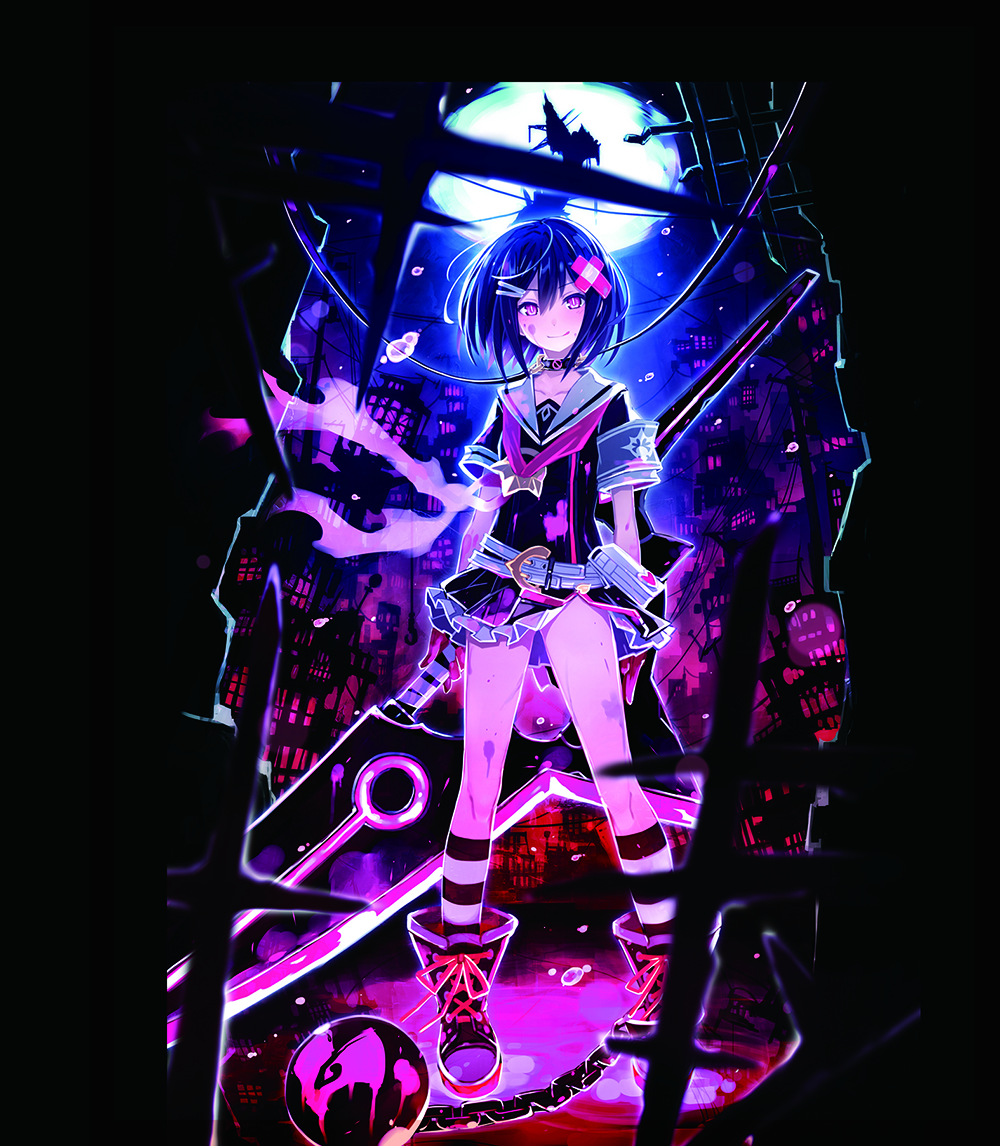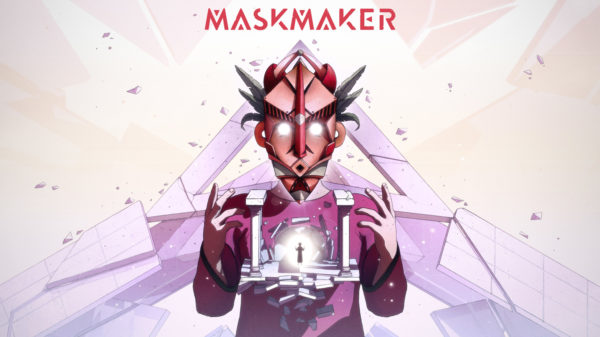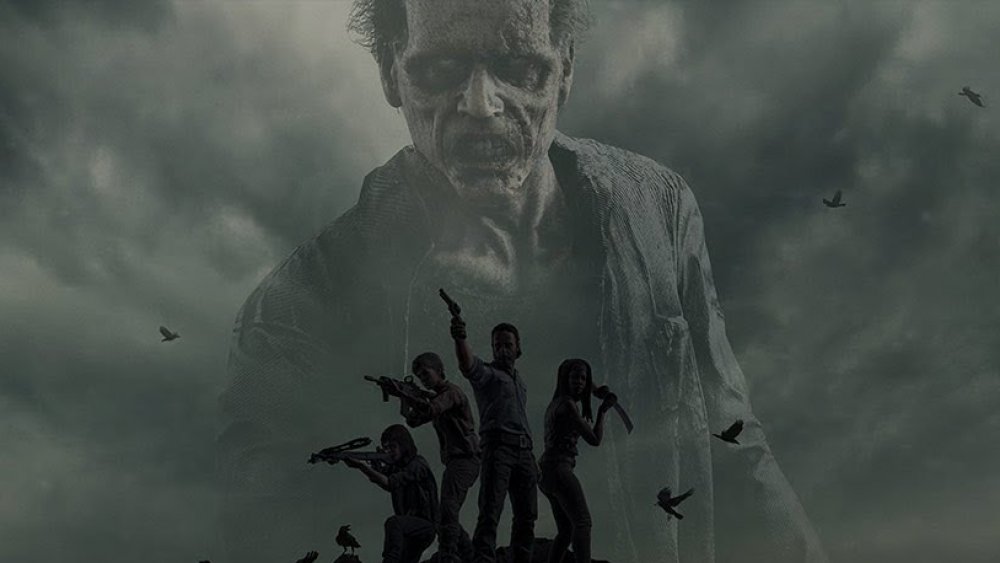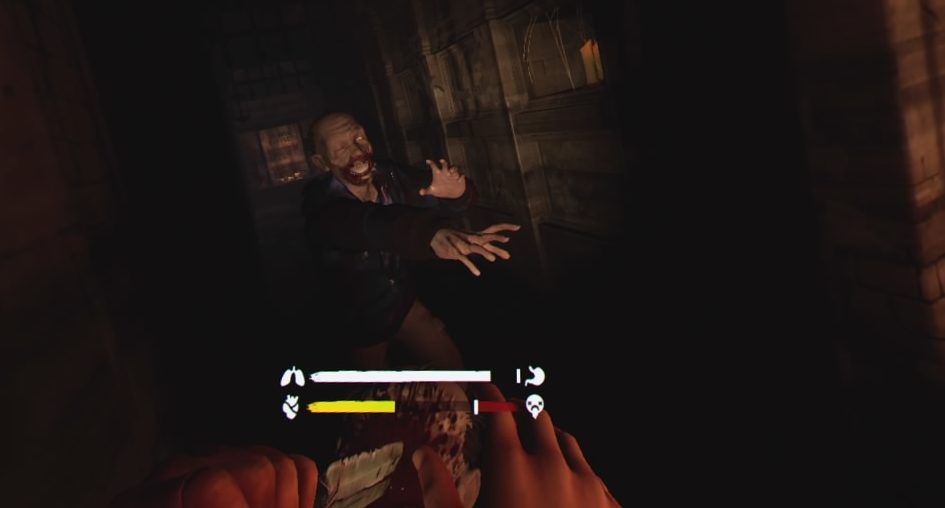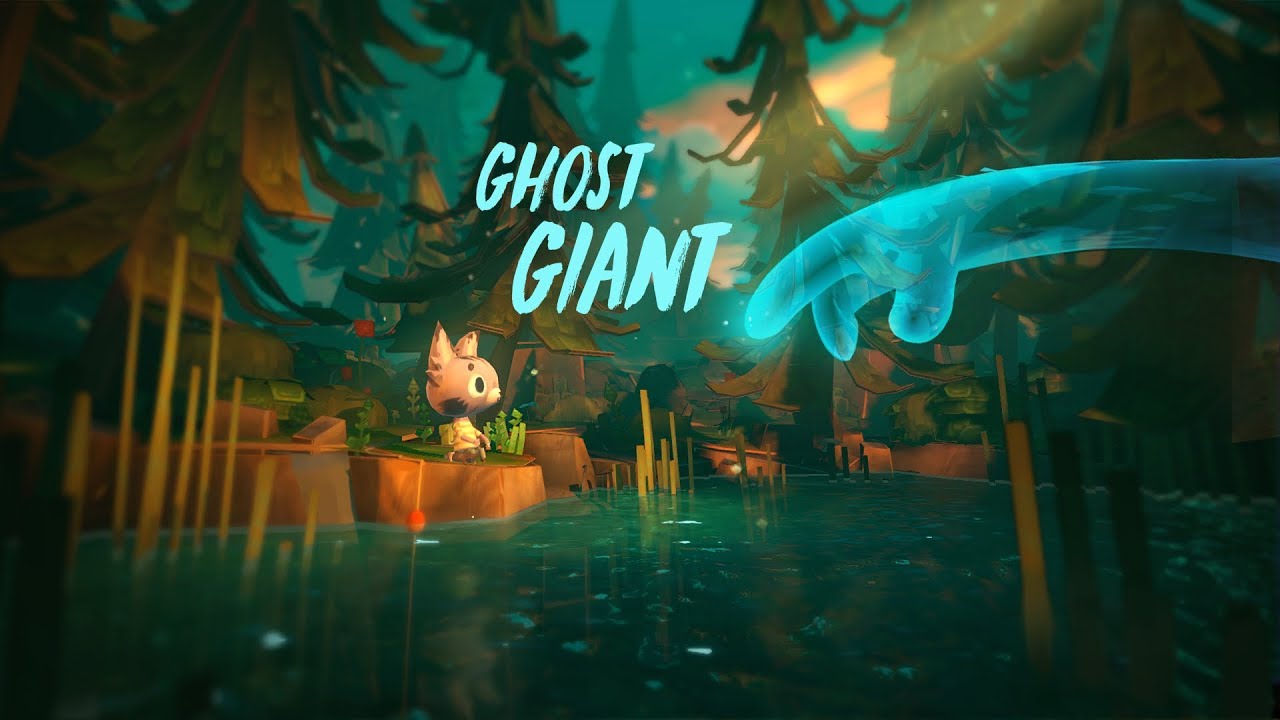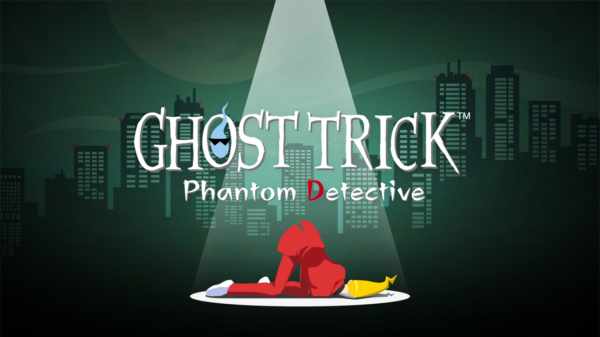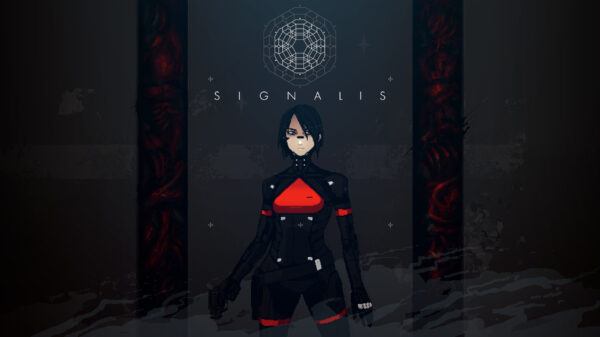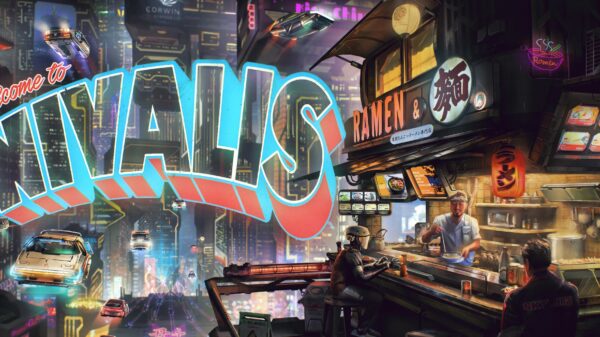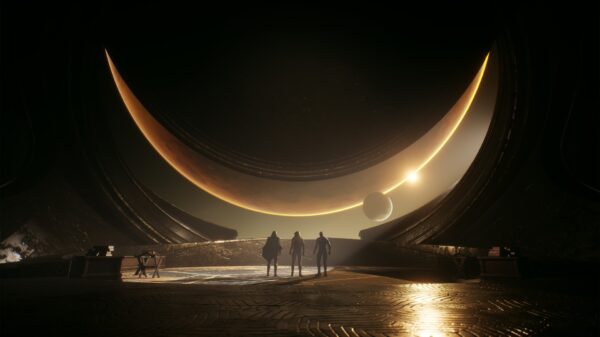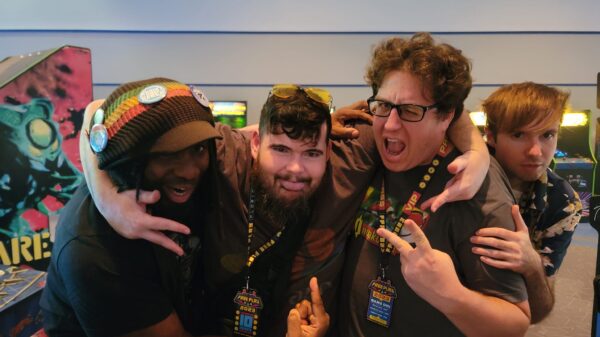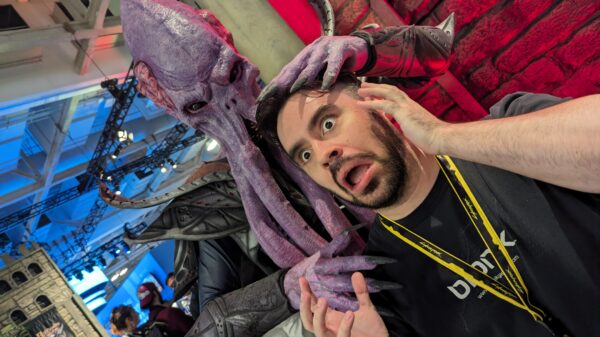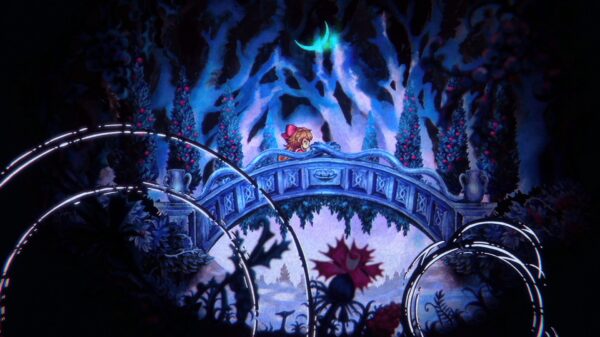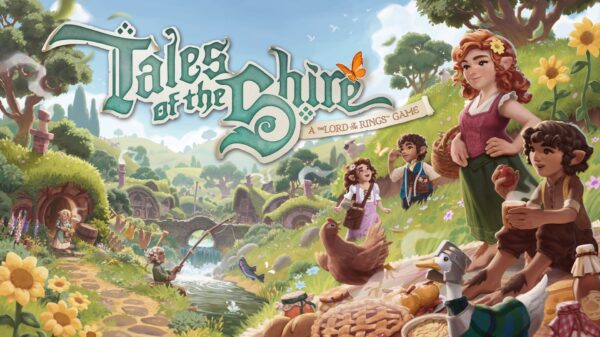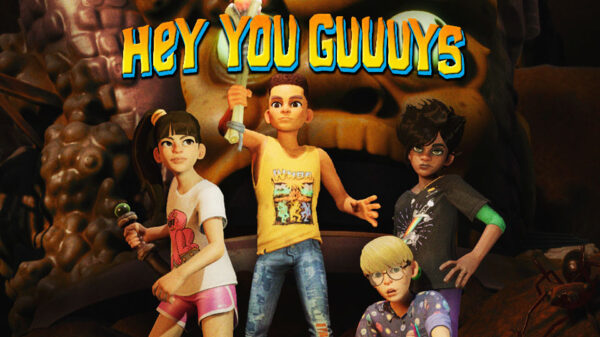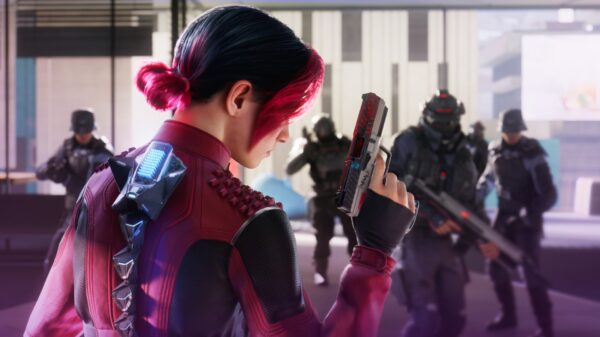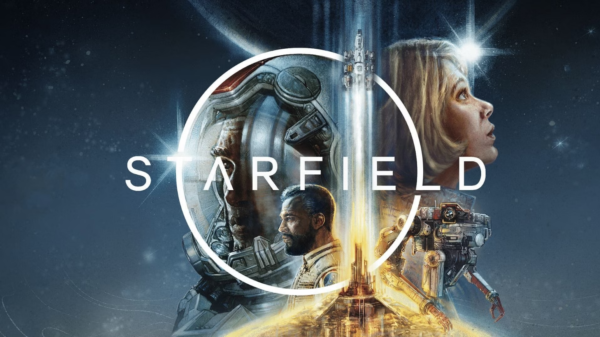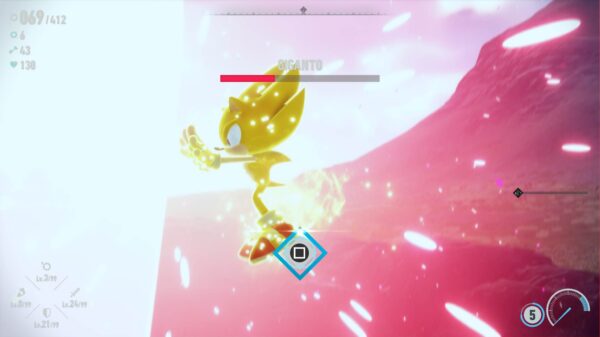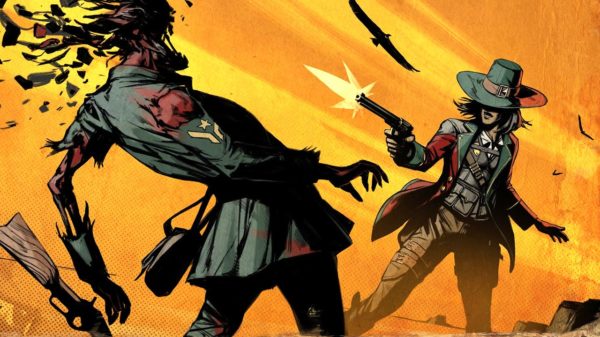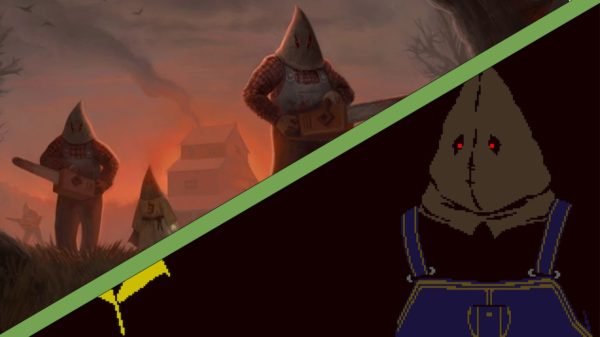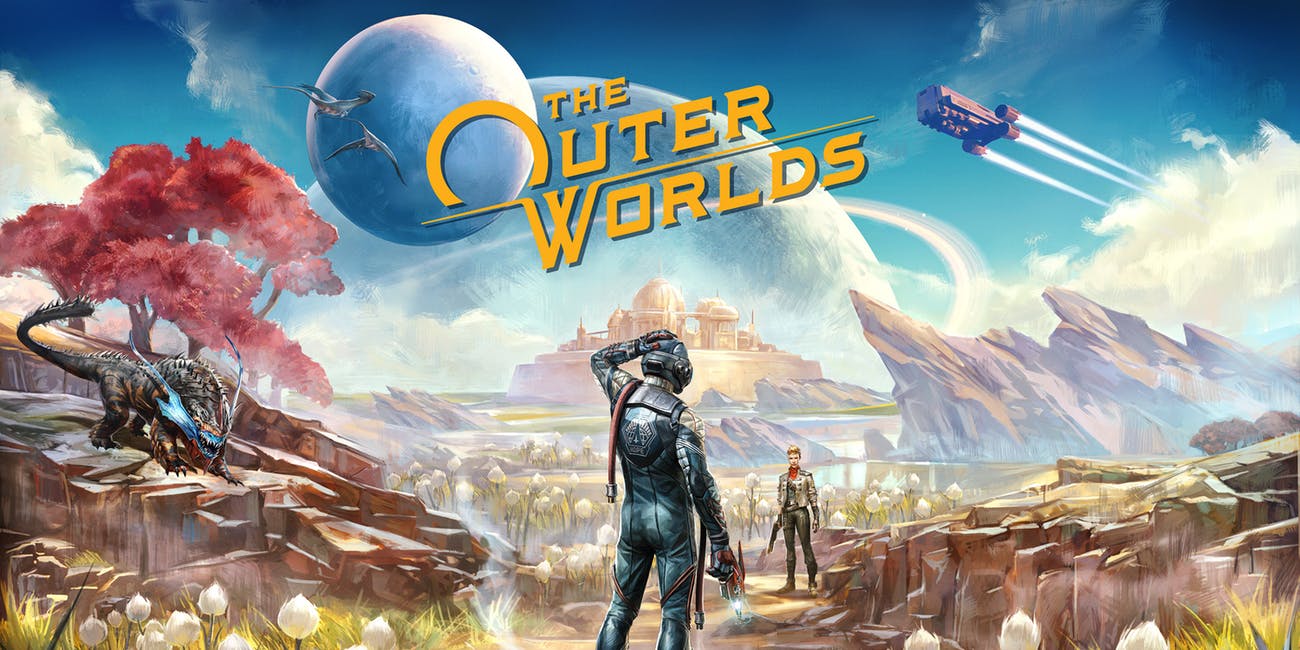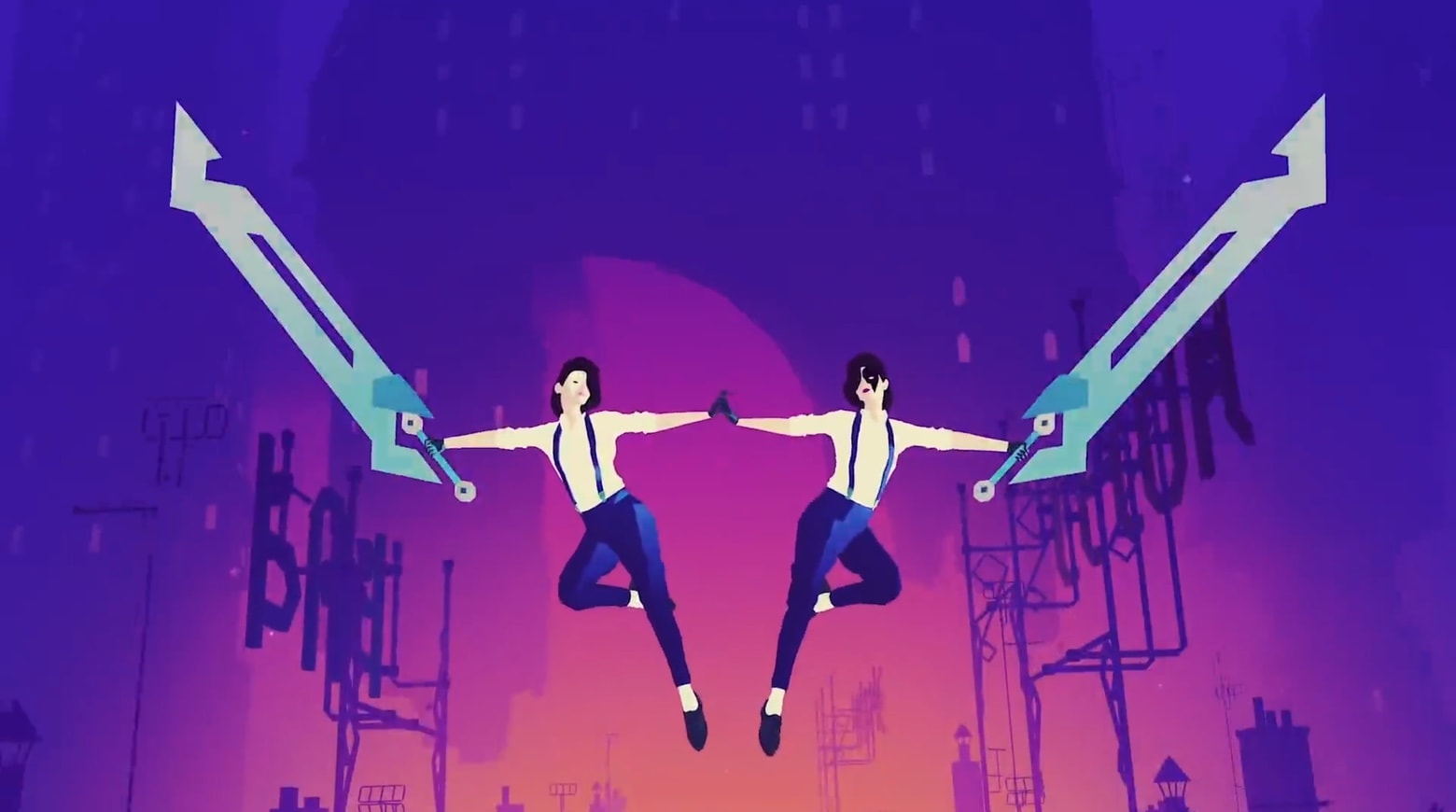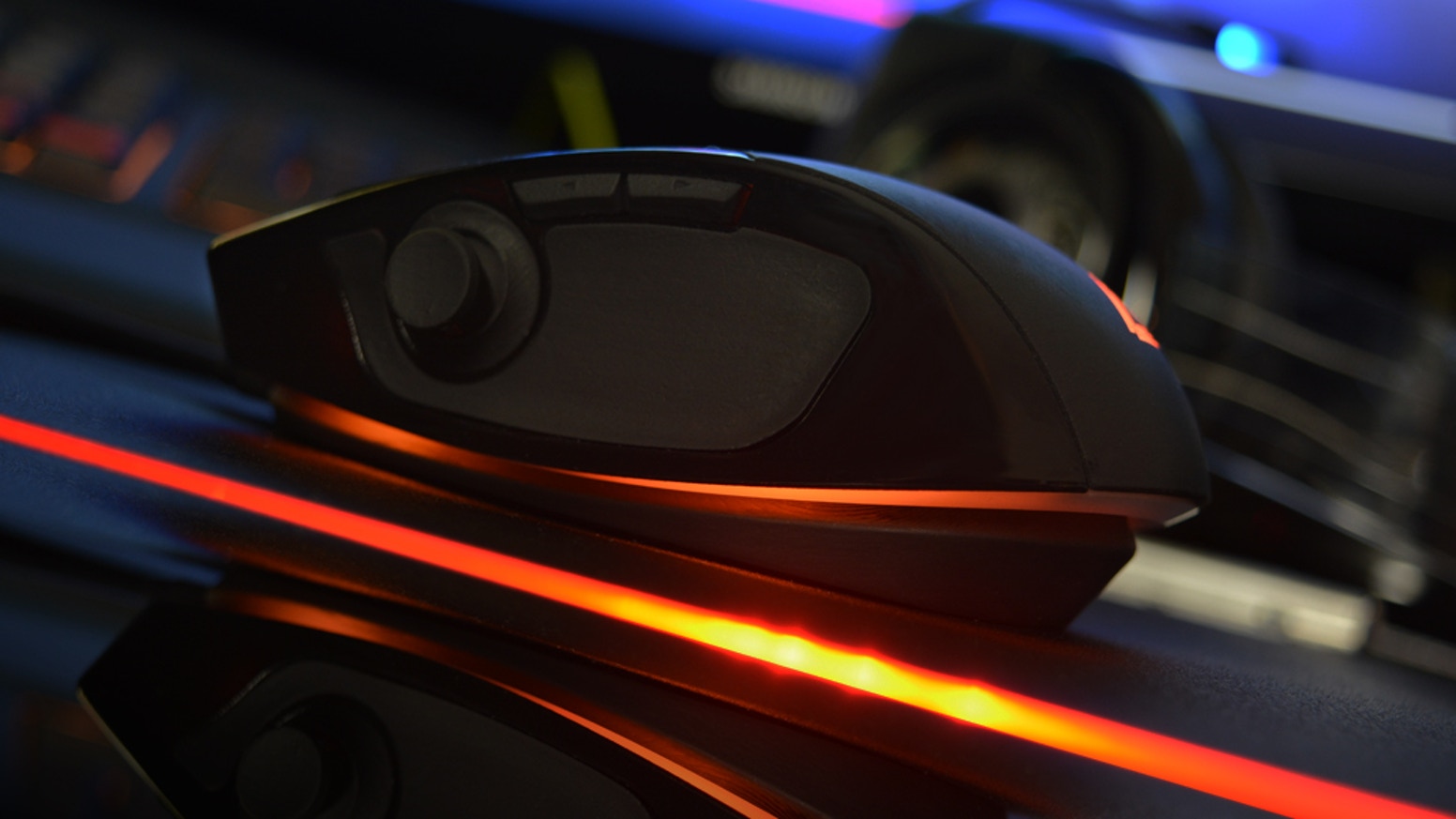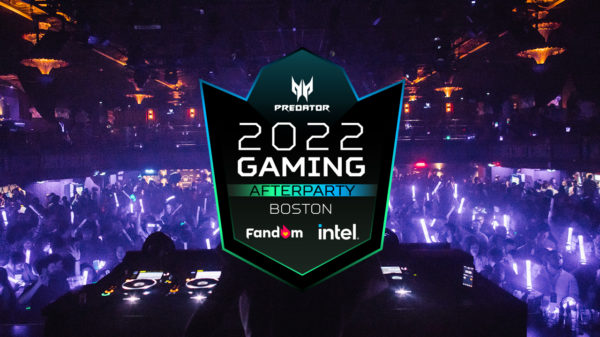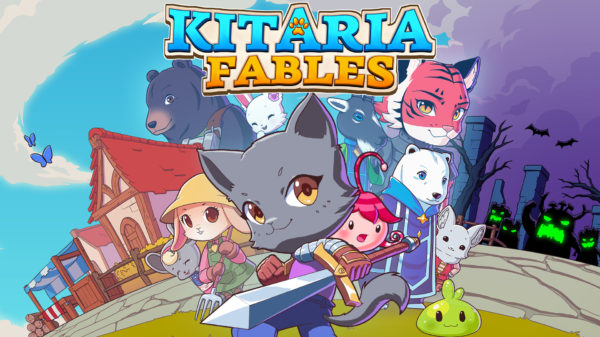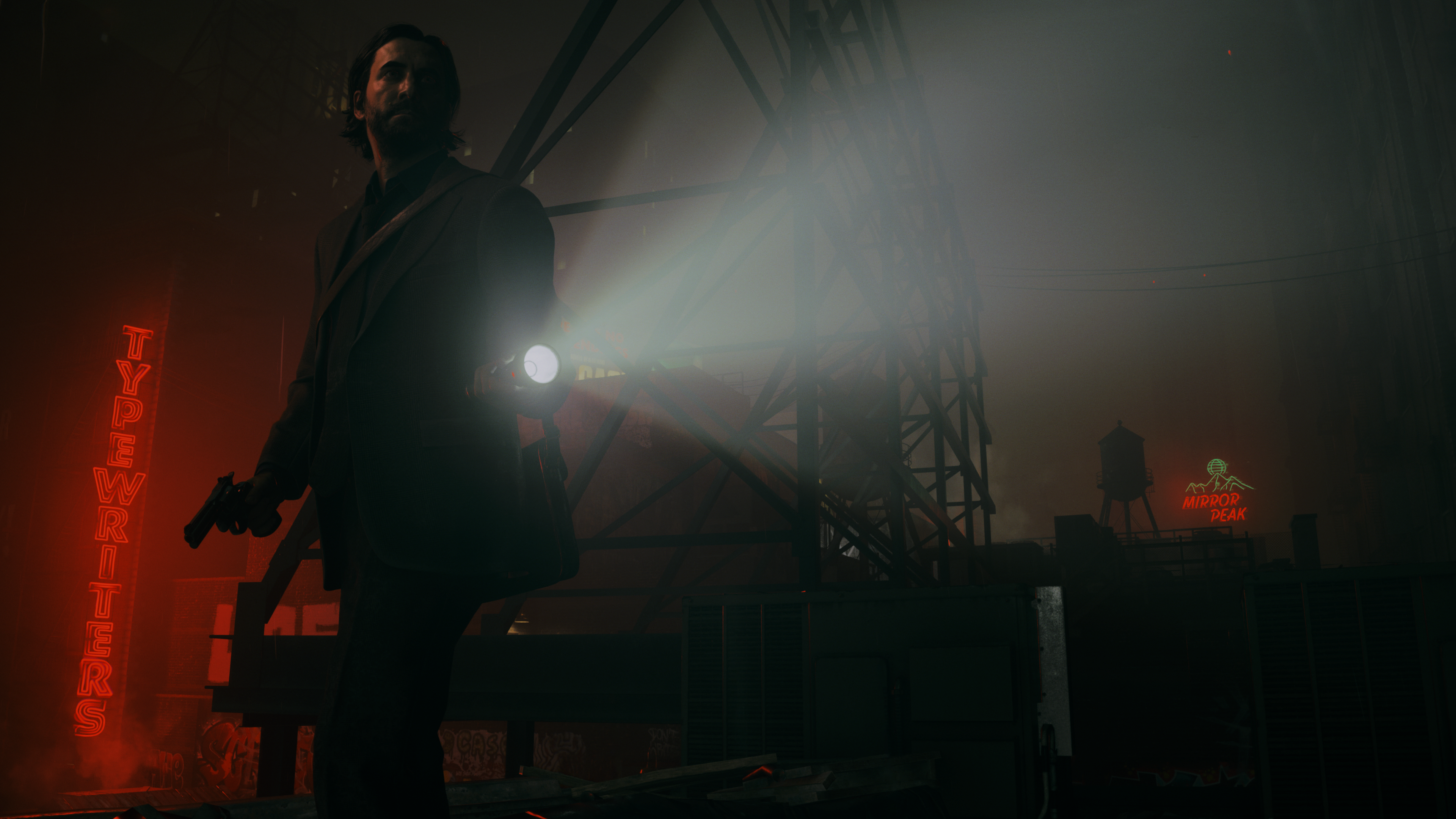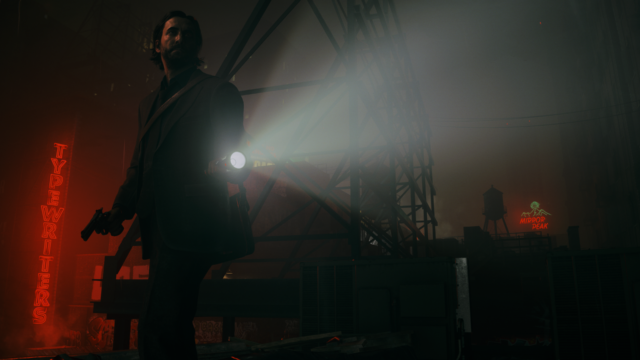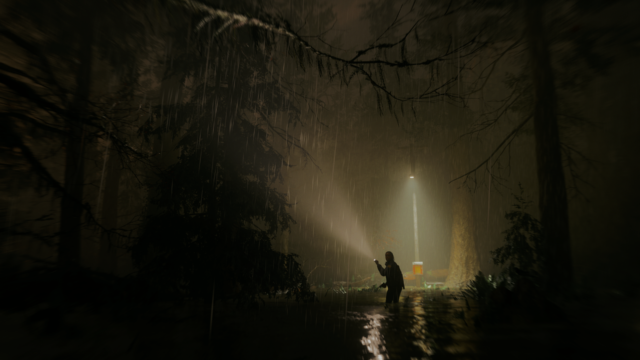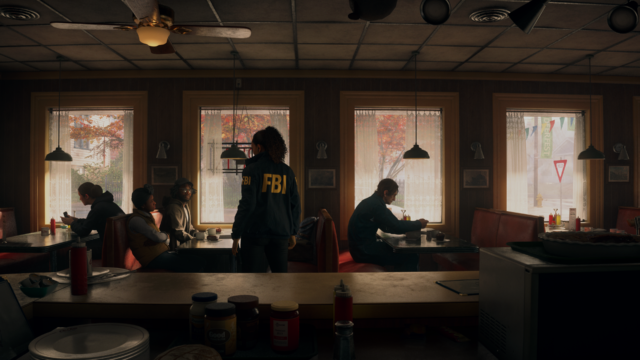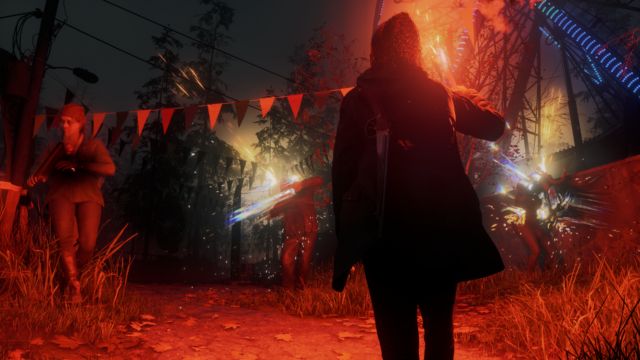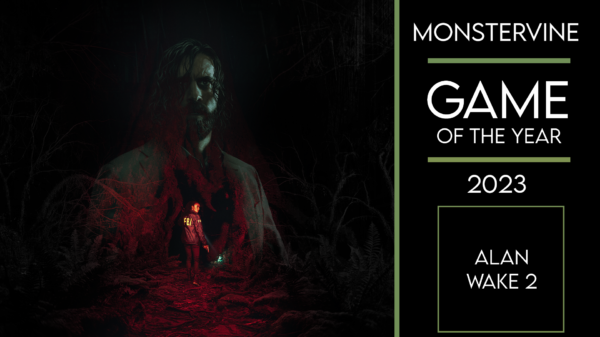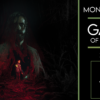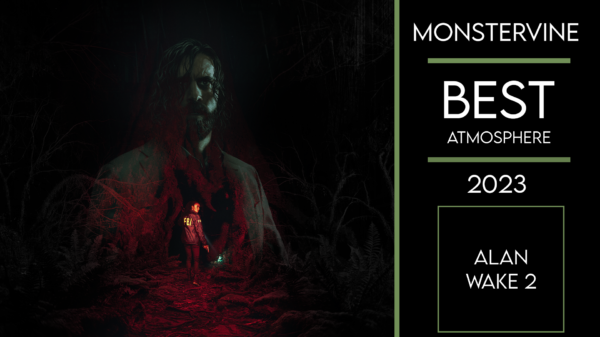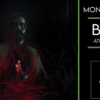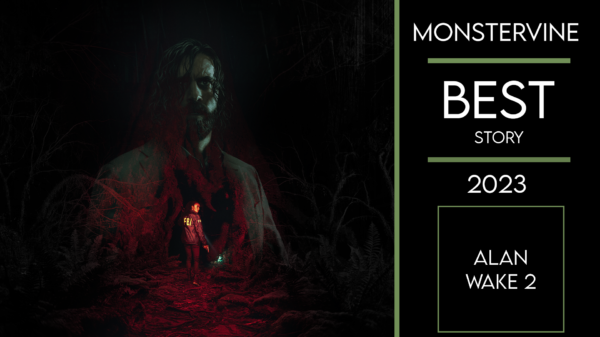A lot has changed in the 13 years since Remedy Entertainment first introduced us to Alan Wake, and it’s clear they’ve taken what they’ve learned and weaponized it to create Alan Wake 2, a true masterpiece of interactive narrative driven horror.
Alan Wake 2 is a supernatural horror game which iterates on the concepts started by the previous entries in the franchise while also evolving mechanics to focus more on its narrative strengths, and survival-horror elements.
Alan Wake 2
Developer: Remedy Entertainment
Price: $60 ($50 PC)
Platforms: PS5 (reviewed), Xbox Series X/S, PC
MonsterVine was provided with a PS5 code for review
The main premise revolves around FBI agent Saga Anderson, who has come to the small Pacific Northwest town of Bright Falls to investigate a string of murders with her partner Alex Casey (who could be Max Payne’s twin brother seeing as how they are voiced by actor James McCaffrey, using the likeness of Remedy’s creative director, Sam Lake). The game opens with the player controlling a seemingly drowned, naked man, running for his life to avoid being ritualistically sacrificed. A perfect way to set the tone for Alan Wake 2 with a scene that is not only disturbing and suspenseful but also a bit silly and absurd.
Within the opening moments of Alan Wake 2, you don’t even control the titular character, Wake, which is more than okay. Playing as Saga Anderson were some of my favorite moments, and the early scenes with her partner Casey, how they interact and their dynamic had me feeling like I was playing the ultimate fantasy of being a detective, and solving a supernatural crime. It’s not until a couple of hours in before a chapter leads you to play as Wake and explore a darkness-consumed New York City. Anderson and Wake control identically but have different tools at their disposal to overcome obstacles and solve puzzles. Anderson uses her powers of deductive reasoning to gain access to new dialogue choices leading to story progression. Wake uses the power of light, through an old lamp, to remove light sources from one location and repurpose them at a new one, and in doing so changing the world and giving new paths to take. While the story is mostly linear, there are dozens of puzzles scattered throughout for the player to solve, to gain access to more ammunition, weapons, and health items. While these puzzles are mostly optional, and scattered throughout their respective hub-worlds, the rewards granted are almost essential. The gameplay between the first game and Alan Wake 2 leans much more toward the survival-horror tropes of resource scarcity, and focuses on more deliberate, challenging combat encounters.
Both Wake and Anderson utilize their own expertise to piece together the story, come up with revelations, and change the world around them to move things forward. In the case of Saga, she has access to her Mind Place. As quickly as I could press the button, instantly transported to a nebulous recreation of the makeshift FBI headquarters in Bright Falls. It’s quite impressive how fast this loads. The Mind Place where Saga can piece together clues with a red string murder board, run profiles on persons of interest, as well as reflect on collectibles like manuscript pages and radio stations. This is a physical room where players can I was really worried when this concept was first introduced because a lot of games have tried their ‘detective modes’ and they’ve never managed to capture me before, but Alan Wake 2 has changed that. This mechanic pushes players to actually think about the story, the case, the mystery, and the puzzle. The bulk of this happens with the murder board. Prompts are populated as text as Saga moves through a case through events and conversations. The clues all come in the form of instamatic photos, which can then be assigned to a particular text prompt, as things get strung together with red yarn. This is a really clever way to add emphasis to the story, while also feeling like an actual detective without much tedium. By correctly associating clues Saga can advance story missions, open new case files and even close some cases. I found this extremely useful in becoming more invested in the amount of detail of the story, and even found myself engaging with collectibles and reading more things — and being excited to do so — when compared to other games.
Alan’s version of this mechanic overlaps in a few ways, but instead of a murder board his space to tinker in is a storyboard within his Writers Room. While exploring his missions he encounters locations deemed to be worthy of a new “scene”, and then different prompts can be used to change the environment to match the story. Taking the dead end tunnel and adding the “FBI Murder” story prompt to it, opens up new paths. This is another example of how Remedy continues to emphasize the importance of their world building, through very light, narrative based puzzle solving. It pushed me to be more invested and grow a greater understanding of what was going on at any given moment.
Every aspect of the visuals in Alan Wake 2 is well crafted and thoughtfully designed, and this really stands out with the attention to detail. There are many moments that take place in a nightmarish New York City. Subway tunnels are riddled with graffiti, and populated with dozens of various informational signage, and posters for upcoming events and attractions. At first glance this appears to be just your typical set dressing, essential in recreating an accurate depiction of the NYC transit system, however upon closer inspection, of actually reading the text and signs it’s clear that this world is a manifestation of Wake’s mind, The Dark Place attacking him on every level. I loved finding a new sign disguised as an advertisement for a metro card that is actually mocking Wake’s writing ability. The tense exploration of a moody environment, offering brief levity, or pointing out that, yes I actually am lost while reading graffiti that is also telling me that. It’s the perfect example of how Remedy instills their core themes and principles of the story into every aspect of the game, with meticulous attention to detail in their world building.
If you have played any of Remedy’s past games you understand their fascination for mixing rendered, video game visuals with real-world, live-action scenes. In the first Alan Wake, these were mostly in the form of a fake, life-action television show that would sometimes appear on screens in the world. Quantum Break had a whole dang TV episode players would watch between playable missions. Control blended things together even more with layers of live-action video playing on top of the rendered visuals, for some absolutely stunning, and truly creative visual experiences. Alan Wake 2 combines all of these elements, and ideas in such a way that complements the gameplay and narrative wonderfully. Live-action permeates constantly, in loading scenes, dialogue interactions, cut-scenes, jumpscares, TV screens, and documents. I never felt like these live-action bits ever distracted me from the experience, and instead, they play incredibly well with the stunning rendered visuals. I want to explain in detail some of my favorite visual moments, but it’s really something that needs to be experienced first hand. This visual creativity is unparalleled within video games, and when combined with intentional and exceptional audio design, has made for some of the most emotionally manipulated I have felt playing a game. Playing with headphones in my dark basement, I’d go from moments of pure calming joy to jumping out of my skin, all thanks to the combined audio and visual design choices, intentionally leading me to that reaction.
 The Final Word
The Final Word
Alan Wake 2 is an incredibly rich narrative driven experience with such impressive visuals and performance that truly feels like a next-generation experience. Alan Wake 2 is a perfect balance of absurdity, horror and comedy. Remedy Entertainment has taken everything they’ve learned from past franchises Max Payne, Quantum Break, and Control, and somehow proven that their connected universe is not only possible but one that I cannot wait to revisit and see what they’ll come up with next.
MonsterVine Rating: 5 out of 5 – Excellent

